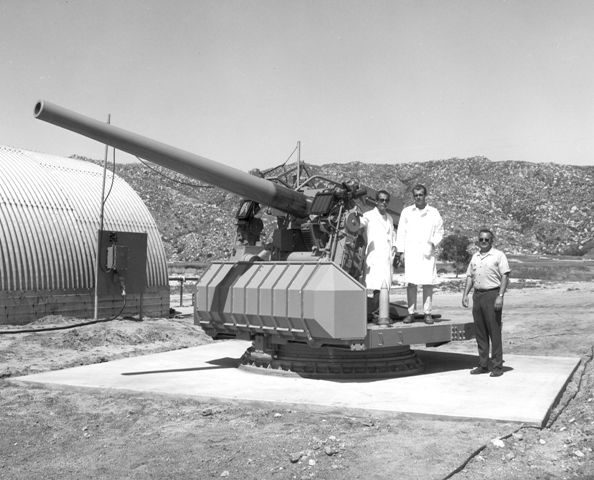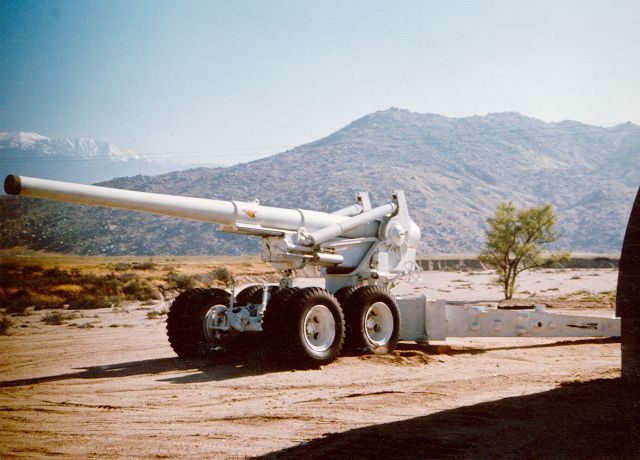Background
Beaumont is home to two Lockheed Martin heritage sites: Potrero Canyon and Laborde Canyon. Both locations were used to produce and test rocket propellant and motors in the 1960s and early 1970s.
- Potrero Canyon was also used for weapons and ballistics testing.
- Contaminants related to rocket propellant and motors were found at both sites.
- Potrero Canyon today is owned largely by State of California; Laborde Canyon is owned by Riverside County, California.
- Lockheed Martin retains responsibility for environmental cleanup.
Potrero Canyon
The 9,117-acre site in south Beaumont, is managed by California Department of Fish & Wildlife. Lockheed Martin retains ownership of 565-acre area known as the Conservation Easement Parcel, in which the State of California has been granted a conservation easement. Contaminants pose no threat to drinking water.
- Principal industrial activities were conducted in nine (9) areas.
- Extensive environmental investigations: 172 observation wells, groundwater-monitoring wells, and extraction wells.
- Contaminants of concern primarily chlorinated solvents, perchlorate, and 1,4-dioxane.
- Approved Remedial Action Plan (RAP) has three components:
- Install groundwater extraction and treatment system in the middle Potrero Creek area;
Cap and fence landfill site;
- Excavate small area contaminated with polycyclic aromatic hydrocarbons (PAHs).
- Remediation plan includes special measures to protect and improve the environment: Protection of Stephens’ Kangaroo Rat (SKR) and nesting birds; removal of over five acres of non-native plants; installation of new culverts in Potrero Creek; and periodic supplement of pond surface water.
Potrero Canyon was also investigated for remnants of munitions testing—Munitions and Explosives of Concern (MEC).
- Identified residual ammunition and remnants removed.
- Land use restricted in areas where residual ammunition could remain.
- On-going MEC awareness training program instituted and site is signed to alert users.

Archive photo of site
Laborde Canyon
Laborde Canyon is 2,668 acres southwest of Beaumont in San Timoteo Badlands. Contaminants currently pose no threat to drinking water in the San Jacinto Valley.
- Principal industrial activities were conducted in five (5) areas.
- Extensive environmental investigations: 114 observation wells, groundwater-monitoring wells and extraction wells.
- Contaminants of concern include chlorinated solvents, perchlorate, 1,4-dioxane, lead, and cadmium.
The approved Remedial Action Plan:
- Excavate perchlorate-contaminated soil in Southern Test Bay Canyon, bio-treat soil with nutrients, reuse the soil on site;
- Excavate approximately 60 cubic yards (six truckloads) of soil containing lead and cadmium in Waste Discharge Area, transporting soil off site for disposal at approved location;
- Construct permeable biological treatment barrier at the southern end of the canyon to prevent any groundwater impacted by perchlorate from migrating off property, neutralizing the perchlorate using emulsified vegetable oil to activate soil bacteria.
- Evaluate alternative treatment methods if 1,4-dioxane exceeds drinking water standards.
- Introduce institutional controls to prevent access to and use of groundwater.
- Construction workers trained to avoid harming wildlife, specifically the Stephens’ Kangaroo Rat, the Burrowing Owl, and active nests of sensitive birds. Biological monitors on-site during construction operations.
Many of the documents for the project are extremely large. We provide links to the main body, text, tables and figures on this page. Please use the contact button below to request appendices and additional information. Full documents and more information are also stored on the California Department of Toxic Substances Control (DTSC) Envirostor website
If You Have Questions, Please Contact Corporate Communications at 800.449.4486

Community Information
If you have questions, please contact Lockheed Martin Communications.
lm.communications@lmco.com
800.449.4486
Potrero Canyon Timeline
1960s-early 1970s – Rocket motor production & testing.
1986-2002 – Initial cleanup, including operation of groundwater treatment system in rocket-motor production area.
2002 – Newly regulated chemicals identified at site; groundwater treatment system shut down.
2002-2011 – Additional environmental investigations; remediation alternatives developed.
2003 – Most of site sold to State of California; Lockheed Martin retains relatively small area near middle Potrero Creek, site of rocket-motor production, to which State of California has been granted a conservation easement.
2005 – Program to identify and remove Munitions and Explosives of Concern (MEC) begun.
2011 – MEC awareness training program instituted and site is signed to alert users.
2014 – Remedial Action Plan (RAP) submitted to the California Department of Toxic Substances Control (DTSC).
2015 – Public reviews RAP.
2016 – DTSC approves RAP.
2018 – Commenced new remediation construction.
Potrero Canyon Information & Documents
California DTSC Potrero Canyon Records
Laborde Canyon Timeline
1974 – Lockheed Martin ends rocket motor-related operations; activities by non-Lockheed Martin companies continue to 1980s.
1984 – Initial cleanup: Asphalt and gravel contaminated with polychlorinated biphenyls (PCBs) removed.
1994 – 800 tons of waste removed from Garbage Disposal Area.
2003 – Additional environmental investigations begun.
2006 – Site sold to Riverside County, California.
2014 – Remedial Action Plan (RAP) submitted to California Department of Toxic Substance Control (DTSC).
2015 – Public reviews RAP.
2016 – DTSC approves RAP.
2018 – Remediation construction begun.
Laborde Canyon Information & Documents >
Potrero Canyon Information & Documents >



